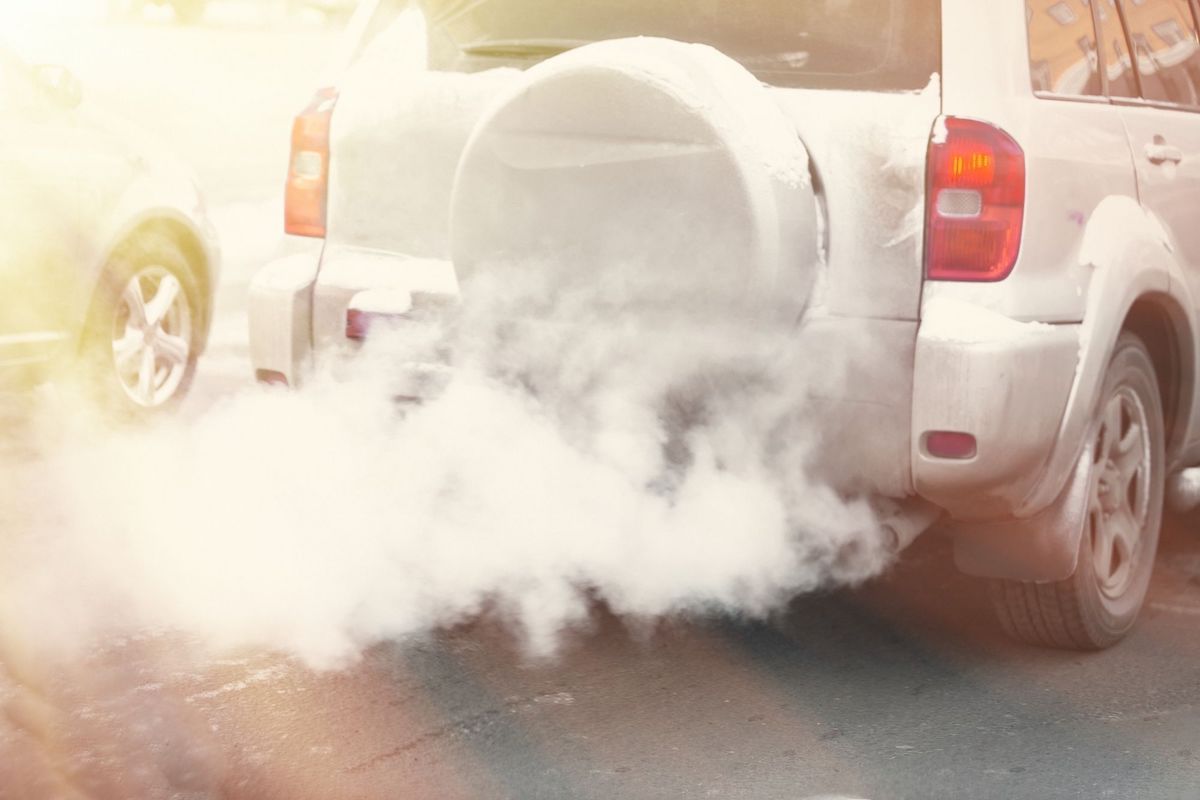The French Riviera and the Var, like large parts of France, are experiencing a spike in winter air pollution, impacting health and instigating restrictions on driving and fireplaces. So, what impact is it having on human health and when will it end?
It’s easy to see air pollution in the summer – that haze of smog that settles along the horizon. But air quality also plummets in the winter time, we just can’t see it as clearly.
For several days now, the Alpes-Maritimes and the Var departments have been subject to heavy air pollution, with both departments placed under heightened vigilance.
The culprit, in particular, is fine particle pollution, mainly linked to industrial activity, automobile exhaust, and wood heaters.
In winter, the cold air is denser and traps this fine particle pollution in place for much longer, allowing it to be breathed in at a higher rate than in the summer.
Who is most likely to feel the effects of winter pollution?
Pregnant women, young children and infants, people over 65, asthmatics, and individuals with cardiovascular or heart problems are most likely to feel the respiratory effects of fine particle pollution and should limit their exposure.
The best way to do that is to spend as little time outdoors as possible, with as little physical effort as possible. Engaging in sports activity, especially outdoors, can increase fine particle inhalation up to 20 times.
If someone has difficulty breathing or cardiac discomfort, they should see a health professional.
Vulnerable people should also avoid travel, particularly on major roads during rush hours, and postpone the use of chemical products if they plan on using them.
The rest of the population should try to limit the use of cars as much as possible to reduce their impact on the situation.
When are people most at risk?
Concentration in the air is heavier at the starat and the end of the day.
The situation is expected to improve from Saturday with the arrival of a mistral wind.
Photo source: Unsplash
